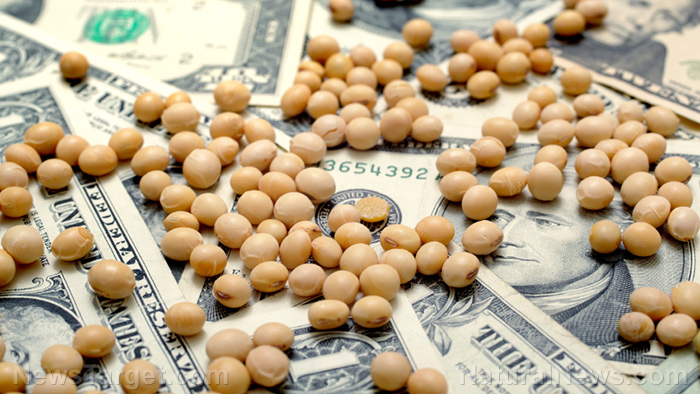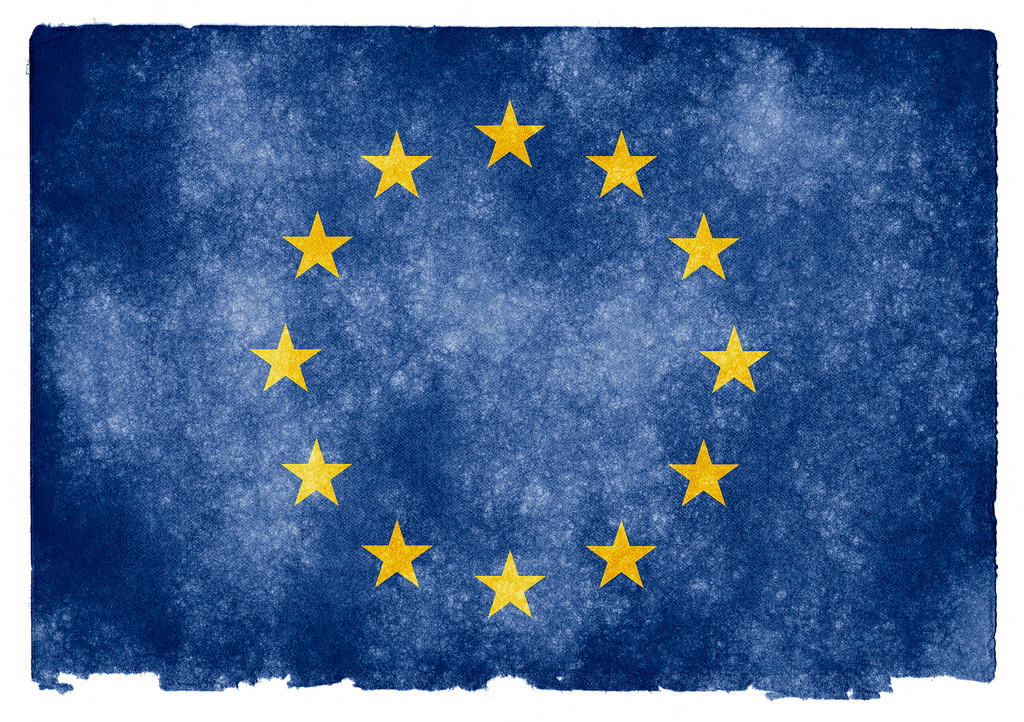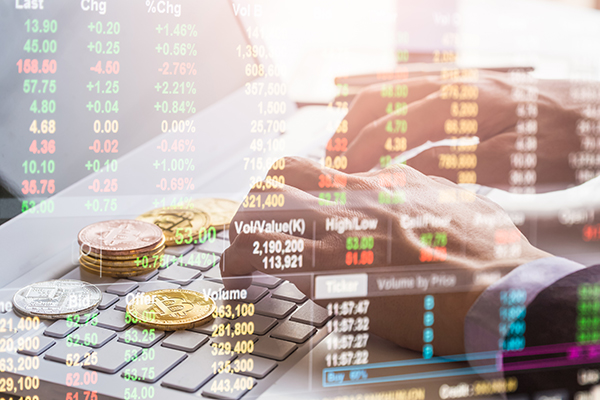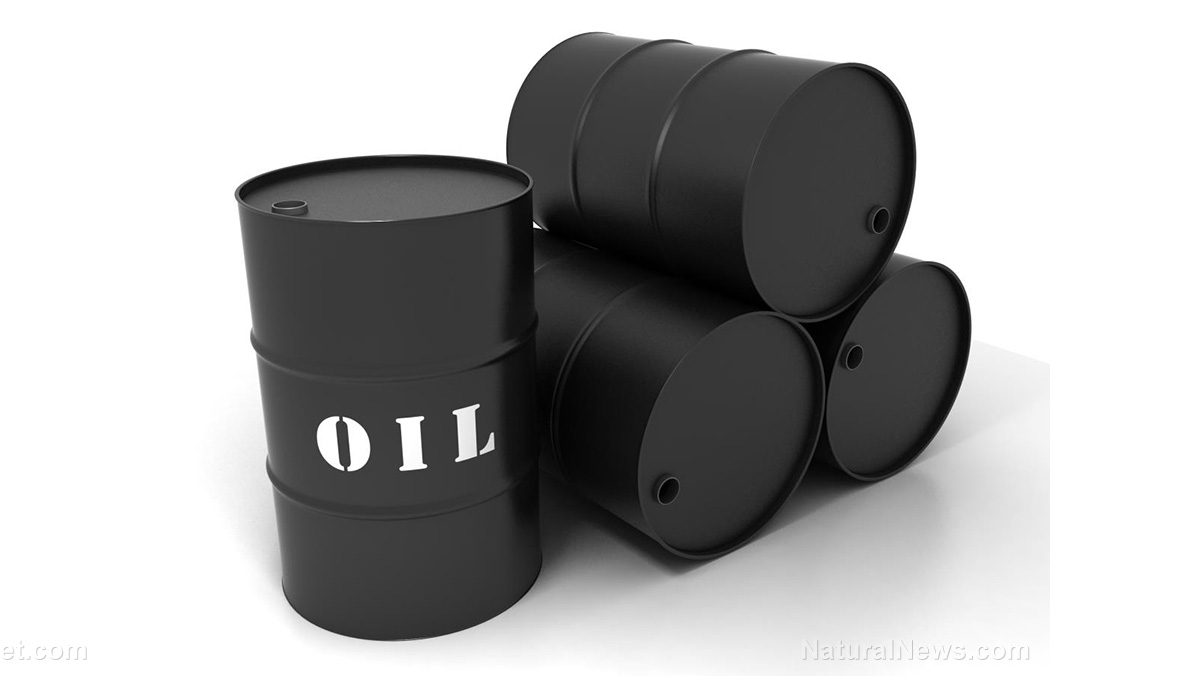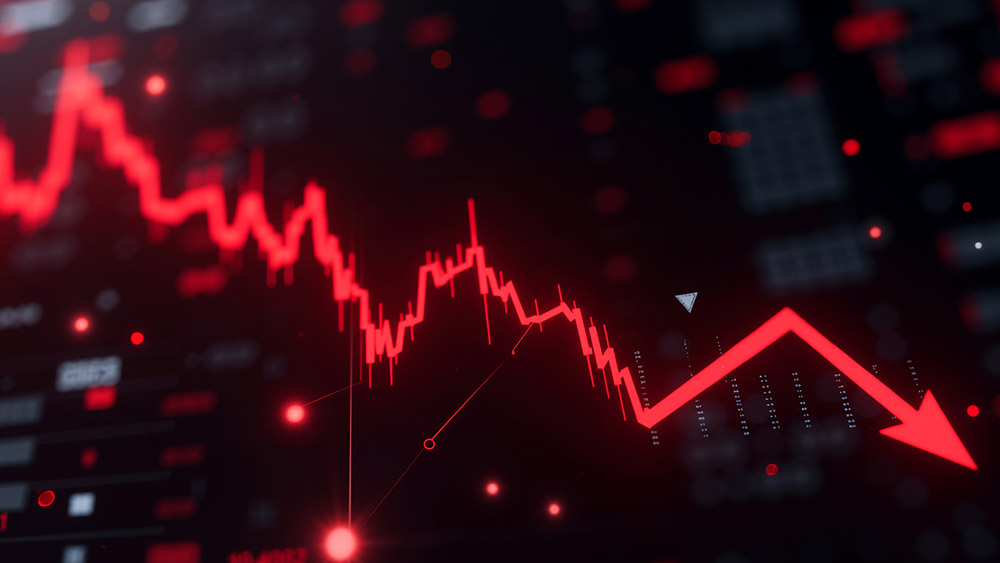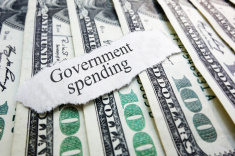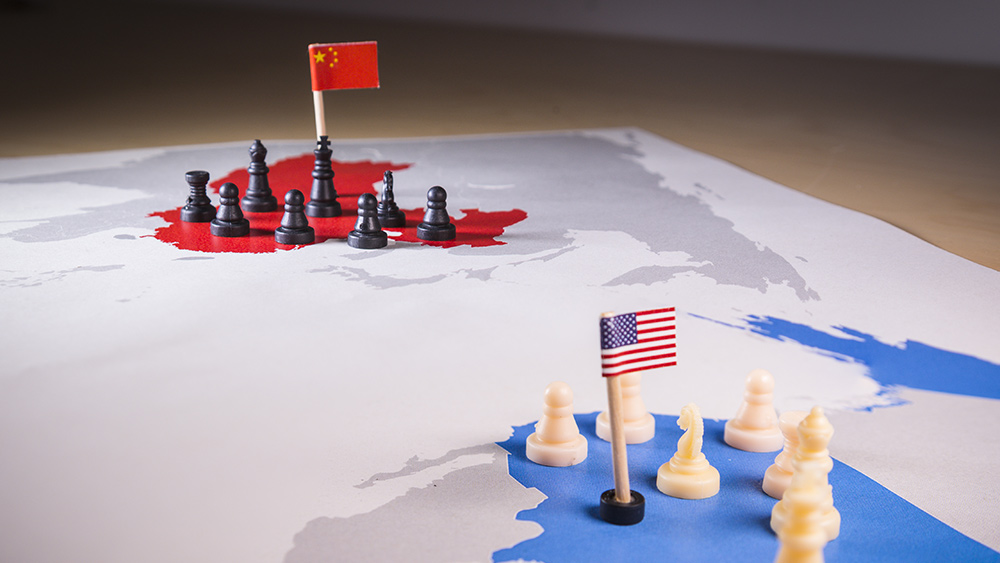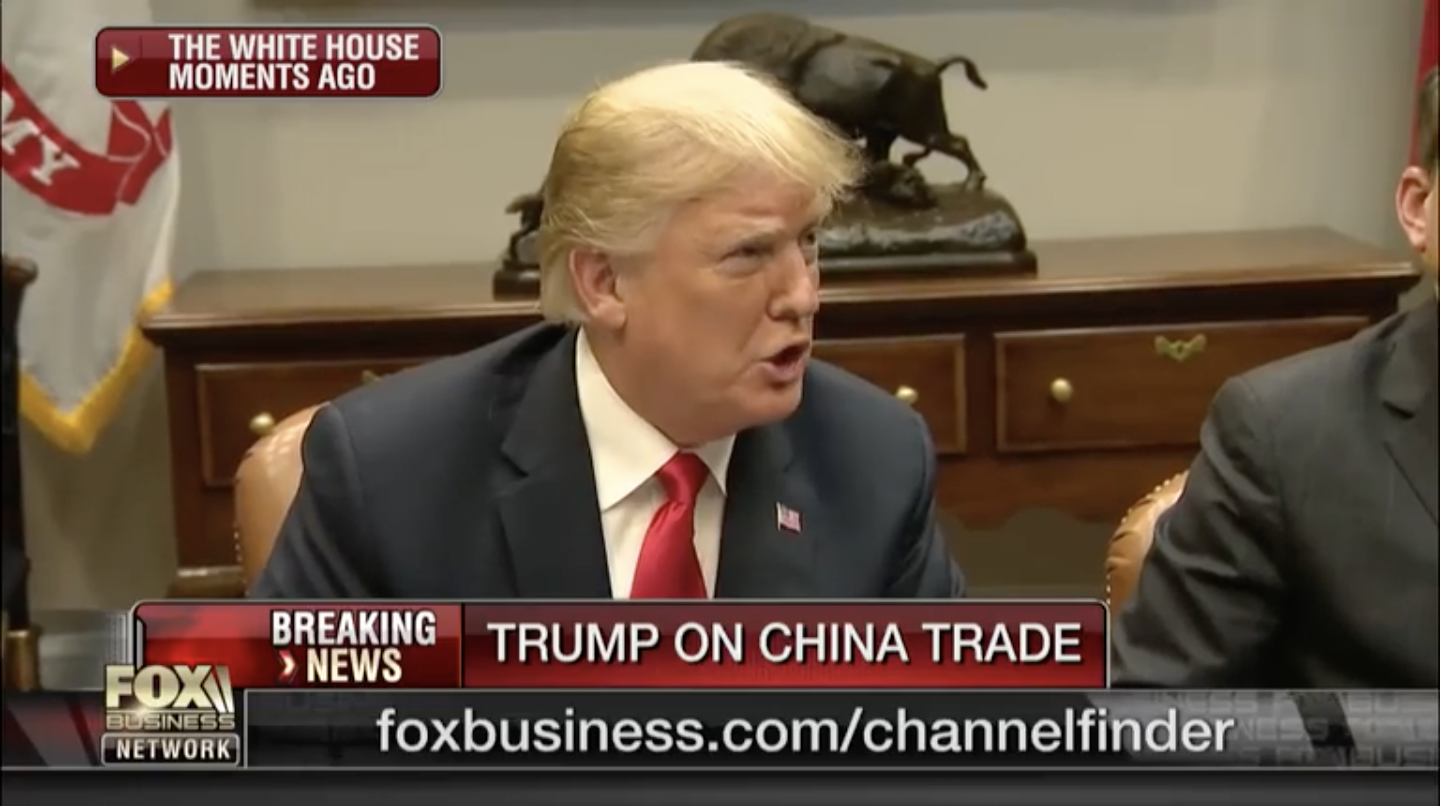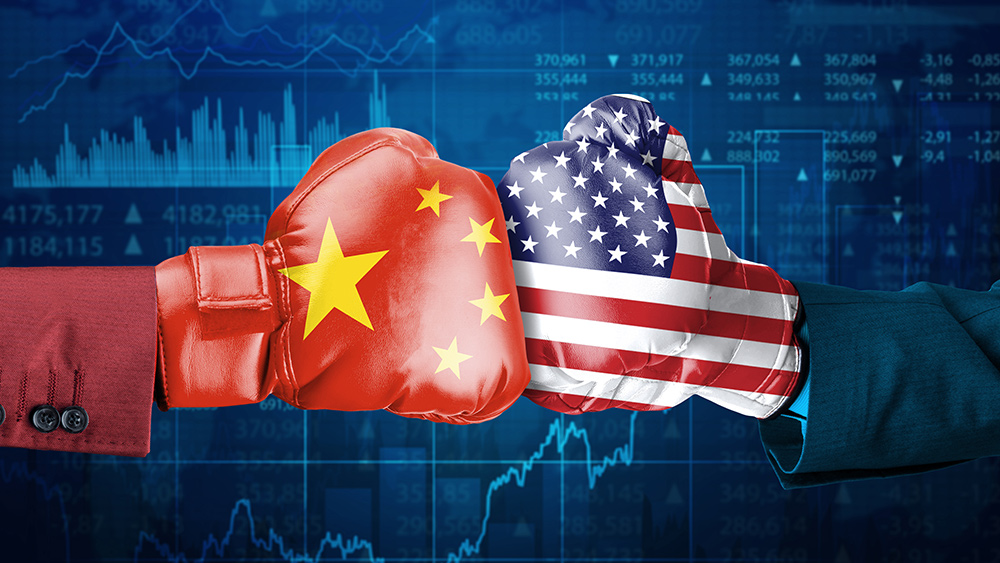Silver surges past $52 as investors seek safe havens amid economic uncertainty
10/14/2025 / By Willow Tohi
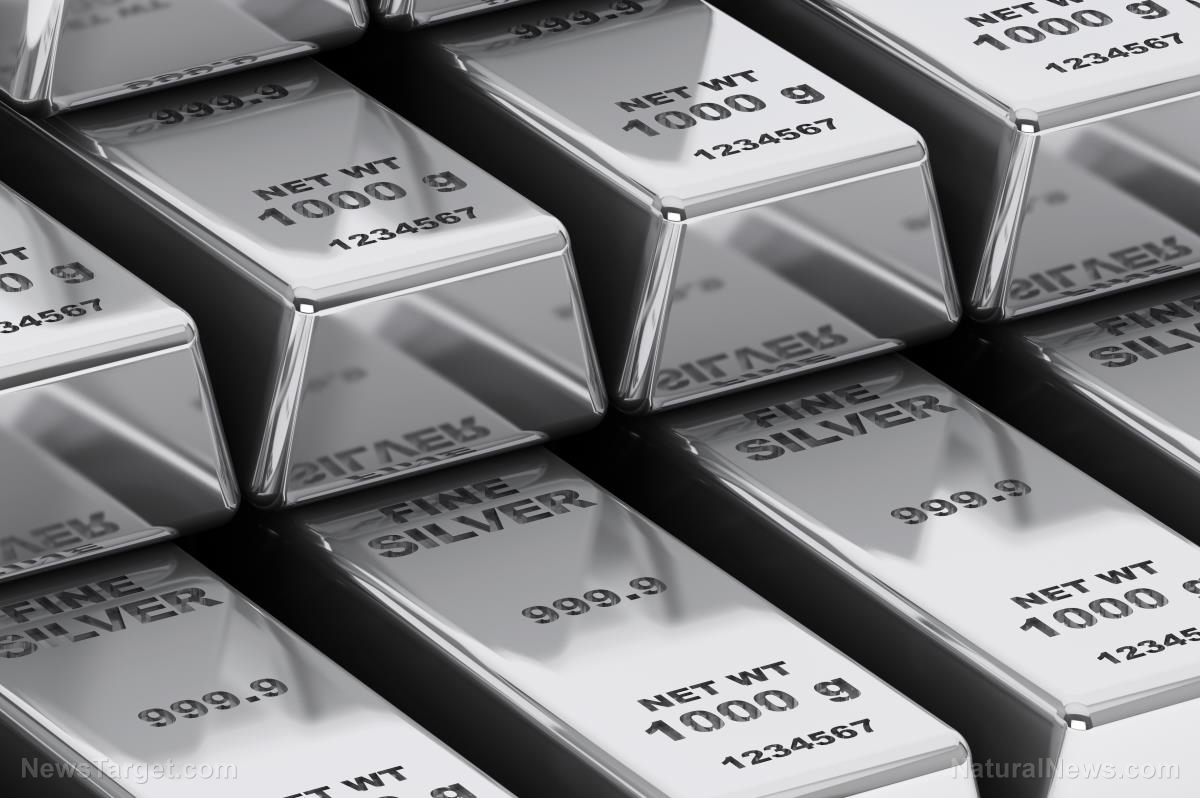
- Silver prices hit a historic high of $52.31 per ounce, surpassing the previous 1980 peak.
- Gold also reached a record $4,100 per ounce, reinforcing a broader precious metals rally.
- Analysts warn silver may be riskier than gold due to liquidity concerns and industrial demand fluctuations.
- Supply deficits and geopolitical instability are driving investor interest in hard assets.
- Experts predict further gains, with Bank of America forecasting silver could reach $65 by 2026.
Silver prices shattered records on October 13, surging past $52 per ounce for the first time in history, while gold soared above $4,100. The unprecedented rally comes as investors increasingly turn to precious metals amid economic turbulence, government shutdowns, and fears of inflation. Silver’s 78% year-to-date surge has outpaced gold’s 56% climb, marking a dramatic shift in investor sentiment toward alternative assets.
The rally follows years of suppressed prices, with analysts citing market manipulation by financial institutions—particularly through derivatives trading—as a key factor in keeping silver artificially low. Now, with supply shortages and dwindling liquidity in London’s trading hub, the metal’s scarcity is fueling its rapid ascent.
Why silver is outperforming gold
Silver’s dual role as both a monetary metal and an industrial commodity makes its price movements more volatile than gold’s. While gold benefits from central bank demand and its status as a long-term store of value, silver’s industrial applications—such as in solar panels, electronics, and electric vehicles—leave it more exposed to economic cycles.
However, the current rally is being driven by a combination of factors:
- Supply deficits: The silver market has faced structural shortages for five years, with mining output failing to keep pace with demand.
- Geopolitical uncertainty: Trade tensions, government instability and weakening trust in fiat currencies have pushed investors toward hard assets.
- Monetary policy: Expectations of Federal Reserve rate cuts and a weakening U.S. dollar have further boosted precious metals.
Bank of America analysts predict silver could climb to $65 per ounce by 2026, while Goldman Sachs warns of potential volatility ahead as liquidity pressures ease.
Gold’s record run continues
Gold’s rise to $4,100 reinforces its status as the ultimate safe-haven asset. Hedge fund billionaire Ray Dalio has long advocated for gold as a hedge against economic downturns, and central banks worldwide continue to stockpile reserves. Unlike silver, gold’s scarcity and universal acceptance make it less susceptible to short-term price swings.
Still, platinum has outpaced both metals this year, surging 82% due to rising demand in hydrogen fuel cell technology.
Investor strategies: Physical vs. paper silver
With premiums on physical silver spiking—often doubling the spot price—investors face a dilemma: buy tangible assets or trade futures and ETFs. Experts caution that the COMEX and LBMA markets, where silver derivatives dominate, may not reflect real-world scarcity.
“The prices you see on screens are fake,” warns one analyst, referencing the gap between paper contracts and actual bullion availability. Those holding physical silver report difficulty finding sellers at reasonable premiums, suggesting a potential supply crunch ahead.
What comes next?
As silver breaches the $50 threshold, analysts debate whether this marks the beginning of a sustained bull run or a short-lived spike. Historical precedent suggests that once silver breaks key resistance levels, momentum can carry prices far higher—as seen in 1980 when prices briefly spiked before crashing under government intervention.
For now, the rally underscores a growing distrust in traditional financial systems and a flight toward tangible wealth. Whether silver’s surge continues or corrects, one thing is clear: investors are betting on metals over paper.
A new era for precious metals?
The record-breaking surge in silver and gold signals a broader shift in global financial confidence. With central banks diversifying reserves, governments grappling with debt and investors seeking stability outside traditional markets, precious metals are reclaiming their historic role as pillars of wealth preservation. Whether this rally is sustainable remains uncertain—but for now, the metals are shining brighter than ever.
Sources for this article include:
Submit a correction >>
Tagged Under:
Bubble, dollar demise, economics, economy, finance, Globalism, gold, investing, market crash, metals, money supply, Precious Metals, risk, silver, silver prices, supply and demand
This article may contain statements that reflect the opinion of the author
RECENT NEWS & ARTICLES
COPYRIGHT © 2017 RISK NEWS





